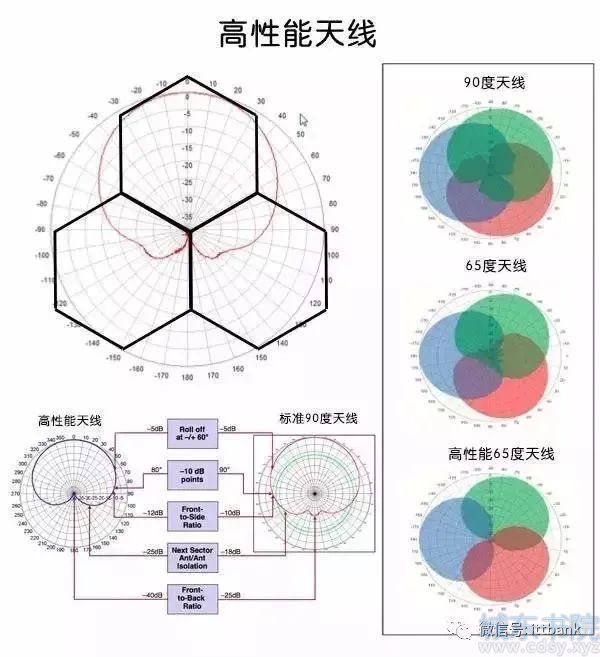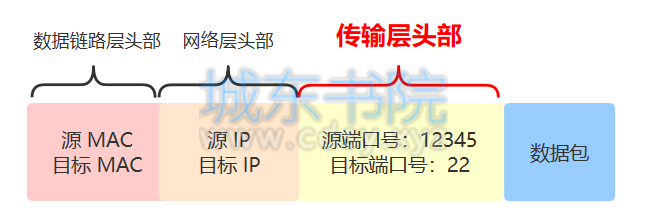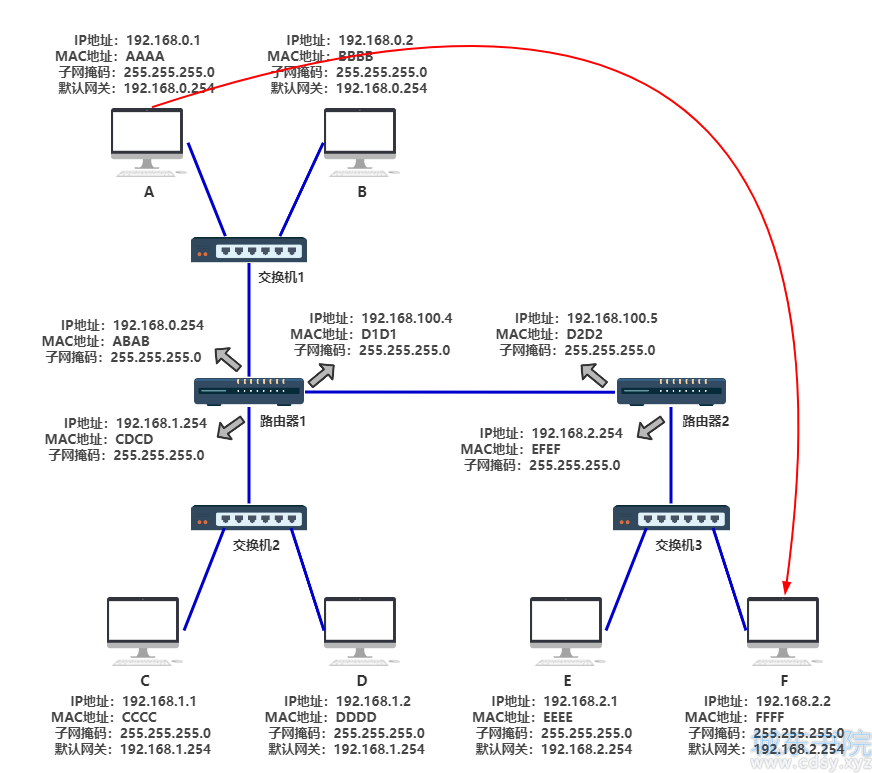利用人脸81个关键点取出眉眼区域
时间:04-17来源:作者:点击数:
81关键点识别

眉眼区域

代码:
#coding=utf-8
import numpy as np
import cv2
import dlib
from scipy.spatial import distance
import os
from imutils import face_utils
# 方法 :检测出的人脸画框
def plot_rectangle(image,faces):
for face in faces:
image = cv2.rectangle(image,(face.left(),face.top()),(face.right(),face.bottom()),(255,0,0),4)
return image
def catch_forehead(image_path,save_path):
image = cv2.imread(image_path)
cv2.imshow("原图",image)
cv2.waitKey()
dets = detector(image,1)
# 检测出人脸绘制矩形
img_result = plot_rectangle(image, dets)
cv2.imshow("人脸检测",img_result )
cv2.waitKey()
sp=image.shape
h=sp[0]
w=sp[1]
print("w:")
print(w)
print("h:")
print(h)
for k, d in enumerate(dets):
print("dets{}".format(d))
print("Detection {}: Left: {} Top: {} Right: {} Bottom: {}".format(
k, d.left(), d.top(), d.right(), d.bottom()))
shape = predictor(image, d)
# 显示关键点
for p in shape.parts():
#获取横纵坐标
pt_position = (p.x,p.y)
#绘制关键点坐标
cv2.circle(image,pt_position,1,(0,0,255),-1) #5:点的半径;-1:实心圆
cv2.imshow("81关键点", image)
cv2.waitKey()
# shape 是81个标记点坐标
# shape.part(0).x 是第0个坐标点的x轴
print('shape.part(0).x,shape.part(0).y')
print(shape.part(0).x,shape.part(0).y)
print('shape.part(67).x,shape.part(67).y')
print(shape.part(67).x,shape.part(67).y)
d1=shape.part(left_eye_low_point1)
d2=shape.part(left_eye_low_point2)
d3=shape.part(right_eye_low_point1)
d4=shape.part(right_eye_low_point2)
d = max(d1.y, d2.y, d3.y, d4.y) + 10
u1=shape.part(left_Eyebrow_up_point1)
u2=shape.part(left_Eyebrow_up_point2)
u3=shape.part(right_Eyebrow_up_point1)
u4=shape.part(right_Eyebrow_up_point2)
u = min(u1.y, u2.y, u3.y, u4.y) -10
l = shape.part(left_Eyebrow_left_point1).x
r = shape.part(right_Eyebrow_right_point1).x
# forehead_ROI = frame[y2:y1, x1:x2]
eye = image[u:d,l:r ]
cv2.imshow('1',eye)
cv2.waitKey()
# cv2.imwrite(save_path,eye)
shape_detector_path="./shape_predictor_81_face_landmarks.dat"
# 眼下
left_eye_low_point1=41-1
left_eye_low_point2=42-1
right_eye_low_point1=47-1
right_eye_low_point2=48-1
# 眉上 Eyebrow
left_Eyebrow_up_point1=20-1
left_Eyebrow_up_point2=21-1
right_Eyebrow_up_point1=24-1
right_Eyebrow_up_point2=25-1
#左限制
left_Eyebrow_left_point1= 18-1
#右限制
right_Eyebrow_right_point1= 27-1
detector = dlib.get_frontal_face_detector()# 人脸检测器
predictor = dlib.shape_predictor(shape_detector_path)# 人脸特征点检测器
test_path = './6.png'
to_path = "./result.png"
catch_forehead(test_path,to_path)

方便获取更多学习、工作、生活信息请关注本站微信公众号



推荐内容
相关内容
栏目更新
栏目热门






 湘公网安备 43102202000103号
湘公网安备 43102202000103号